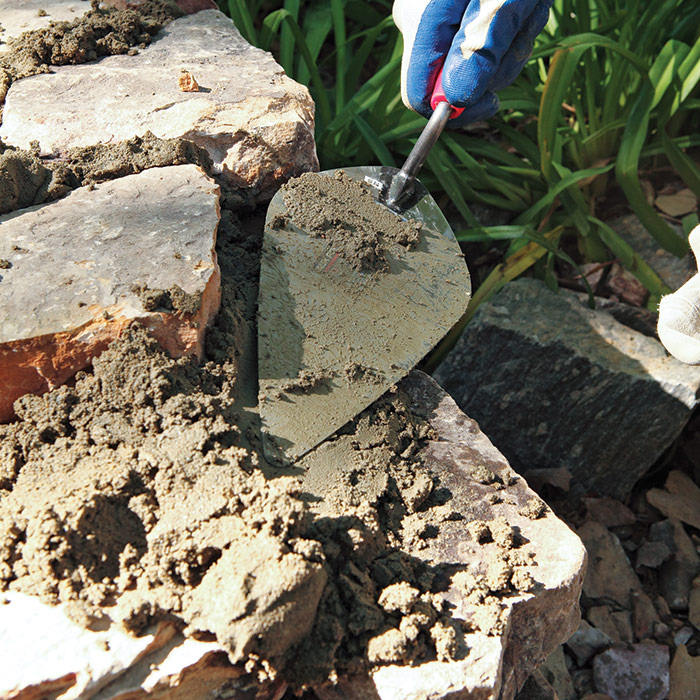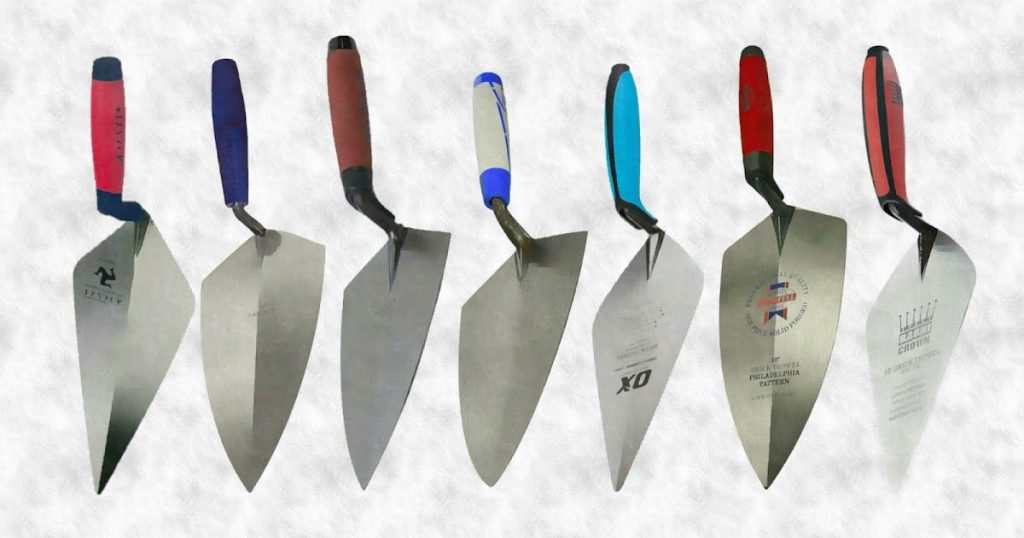Unlock the secrets of expert masons with our guide to the top trowels for flawless craftsmanship and precision workmanship.
Table of Contents
Introduction to Trowels
We’re going to learn about a tool called a trowel. It’s like a small shovel that people use in different ways, like building with bricks or planting flowers.
The Many Types of Trowels
Trowels come in different shapes and sizes for different jobs. We’ll look at each one and see what makes them special.
Bricklaying Trowel
This trowel is used to spread cement when building with bricks. It’s strong and has a pointy end.
Plastering Trowel
When someone wants to make a wall smooth, they use this flat trowel to spread plaster.
Masonry Trowel
This is a general trowel for working with stone or concrete, and it’s very sturdy.
Pointing Trowel
With its small, pointy shape, this trowel helps fix small spaces between bricks.
Garden Trowel
This is like a mini shovel for digging in the garden to plant seeds or flowers.
How to Use a Trowel
Let’s dive into how to use a trowel properly. Whether you have a hand trowel, bricklaying trowel, or plastering trowel, knowing how to handle it will help you get the job done right.
Holding Your Trowel
First things first, when you pick up your trowel, make sure to grip the handle firmly but not too tight. You want your wrist to feel comfortable as you work. This way, you’ll have better control over the trowel and avoid straining your hand.
Moving the Trowel
Now that you have a good hold on your trowel, it’s time to start using it. Whether you’re spreading plaster or digging in the garden, remember to move the trowel smoothly and steadily. This will help you achieve a neat finish and prevent you from getting tired quickly. Take your time and work with care to get the best results.
Taking Care of Your Trowels
Just like toys, trowels need some love and care to keep them in good shape. Let’s learn how to clean and store them properly so they’re always ready for your next building or gardening adventure.
Cleaning After Use
After you finish using your hand trowel or garden trowel, it’s important to clean off any dirt or leftover cement. You can rinse it with water and scrub gently to remove any stubborn bits. Make sure to dry it thoroughly with a towel to prevent rusting. A clean trowel is a happy trowel!
Storing Your Trowels
Once your trowels are sparkling clean, it’s time to find a cozy spot for them to rest. Store them in a dry place, like a shed or toolbox, where they won’t get wet or damaged. This way, when you need them again, they’ll be waiting for you, ready to help you with your next project.
Fun Projects with Trowels
Let’s think of some cool things we can do with trowels, like making a home for a plant or building a mini brick tower.
Planting with a Garden Trowel
You can dig little holes and plant seeds or flowers to make your garden colorful. A garden trowel is like a magic wand that helps you create a beautiful garden full of life. Just scoop some soil, drop in a seed, cover it up, and watch it grow!
Building a Brick Model
Use a bricklaying trowel to stack small bricks and make a tiny house or tower. It’s like playing with building blocks, but on a larger scale. You can get creative and design your own mini masterpiece, all with the help of a trusty trowel.
Conclusion
We’ve learned a lot about trowels and how they help in building and gardening. Each trowel has its own special job and knowing how to use them can be really fun!
FAQs
Why are there so many types of trowels?
Each trowel has a special shape for a different kind of job, like spreading plaster or planting flowers.
Can I use one trowel for everything?
It’s best to use the right trowel for the job, so everything turns out nice and it’s easier to do.

